What is the tolerance range of precision screws?
What is the tolerance range of precision screws?
Service Hotline
+86760-8787 8587We have more than ten years of production experience in the screw industry, the main products are: medium carbon thin nuts, precision bolts, extra thick and thick nuts, isolation column nuts, pan head bolts and nuts, semi-circular screws, stainless steel screws, nut type nuts for grooves, GB6173 small tooth flat nut, GB97.3 washer, round nut screw cap, connector screw, spot welding nut, T-shaped screw, percussion flat cap Liuding GB109 aluminum flat head rivets and other fasteners, due to the product material Different specifications and different prices, please contact us if necessary.


With the development of science and technology, the advancement of technology, the rapid change of automotive products, also put forward higher requirements for fastener products, and automotive fastener-related products, especially in the process of assembling auto parts, in order to effectively improve the bolts The fastening strength is mostly made of combined gaskets (flat gaskets, cone gaskets) and riveted nuts to meet the assembly requirements.
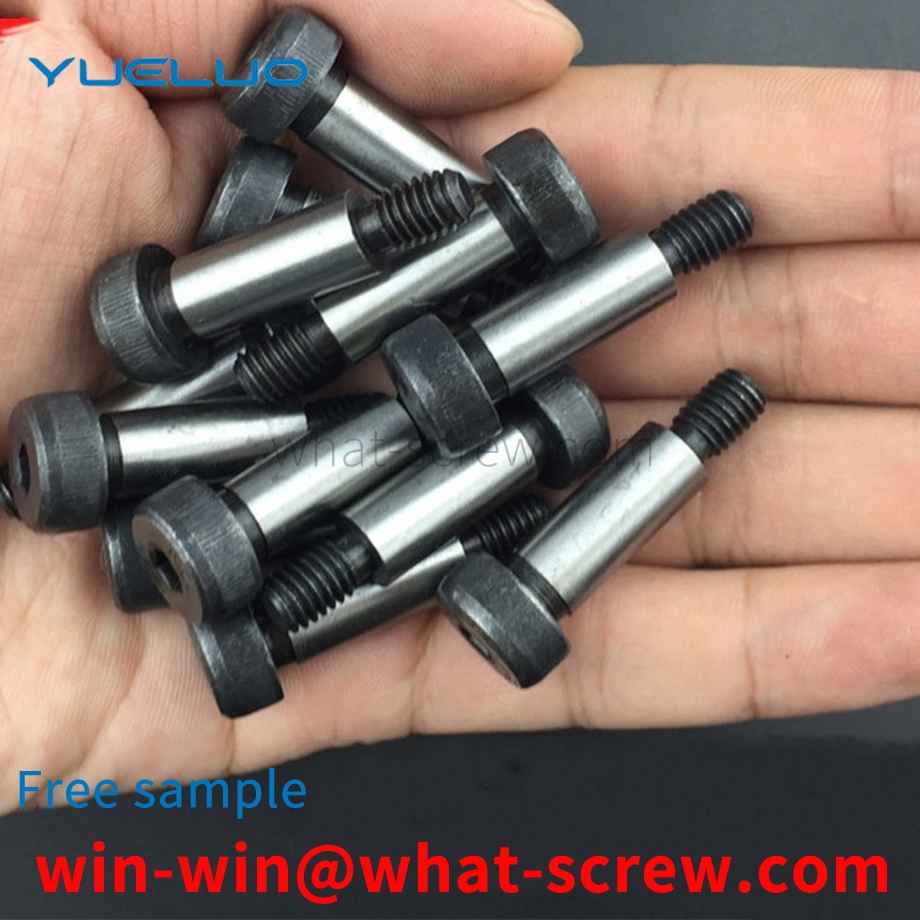
Self-tapping screws were introduced into the industry in large numbers in 1914. The earliest design (essentially imitating a wood screw) was a thread-forming screw made of hardened steel with an A-ended end, mainly used to connect sheet metal channels for heating and ventilation systems. Therefore, it is also called: sheet metal screw. By the end of the 1920s, with the widening of the market and new applications, emphasizing new designs, its application performance was widely improved. The following introduces the four different stages of the development of self-tapping screws in 40 years: thread forming self-tapping screws, thread cutting self-tapping screws, thread rolling self-tapping screws and self-drilling self-tapping screws. 1. Ordinary self-tapping screws (thread forming self-tapping screws) Ordinary self-tapping screws are a direct product of early sheet metal screws. The principle is: when screwing it into a prefabricated hole, the internal thread connected to the screw is formed by the displacement of the material around the hole and the material is pushed into the space between the threads. 2. Self-cutting self-tapping screws (thread cutting self-tapping screws) Because ordinary self-tapping screws are formed only in very thin threads. And it can be easily realized on materials with good toughness. Develop and expand the use of self-tapping screws to thicker sections and harder, brittle and other materials with poor deformability. In this way, the self-cutting self-tapping screw is developed: a cutting groove or cutting edge is machined at the end of the screw shank. When this kind of screw is screwed into the prefabricated hole, the screw acts as a tap and actually cuts out the thread that connects with itself. 3. Self-Extrusion Self-Tapping Screws (Thread Rolled Self-Tapping Screws) In the early 1950s, fastener engineers began to recognize the potential advantages of self-tapping screws as structural rather than just lightly loaded attachments. This has led to the development of a new self-tapping screw thread rolling self-tapping screw (self-extrusion self-tapping screw). According to the design principle of cold forging taps, the thread and end are specially designed for this kind of screw, so that the screw can be formed by applying intermittent and periodic pressure on the crest of its thread instead of on the side of the entire thread. Internal thread for connection. By concentrating and limiting the forming pressure, the pressurized material next to the hole is made to flow more easily and to better fill (squeeze) into the flanks and roots of the thread of the self-tapping screw. Since the frictional resistance of screwing in is much lower than that of ordinary self-tapping screws, threaded rolling self-tapping screws (self-extrusion self-tapping screws) can be screwed into thicker sections. At the same time, it has better screw control and tightening torque, and greatly improves the connection strength and overall firmness. The engineering standard of this kind of self-tapping screw stipulates that the selection of materials, the mechanical properties of heat treatment and the working performance should be strictly controlled. 4. Self-drilling and self-tapping screws (self-drilling screws) People have done statistics: Among the ten expenses that constitute the total assembly cost, the highest one includes the processing of holes. In practical applications of self-tapping screws, prefabricated holes need to be processed. Moreover, in order to make the prefabricated holes have good effect in practical application, the size of these holes must be controlled within a fairly strict range. In the early 1960s, self-drilling and self-tapping screws appeared. A major step forward in reducing assembly costs by eliminating the need to machine prefabricated holes. In general, self-drilling and self-tapping screws realize drilling, tapping and tightening in one operation. These are the four main stages of self-tapping screw design and development. In addition, two newly developed products are also worthy of introduction. Both are screws with a special thread type. One is designed for plastic and other low-strength materials; the other is used in the construction industry to connect cement wall panels, so it is also called wall panel self-tapping screws.
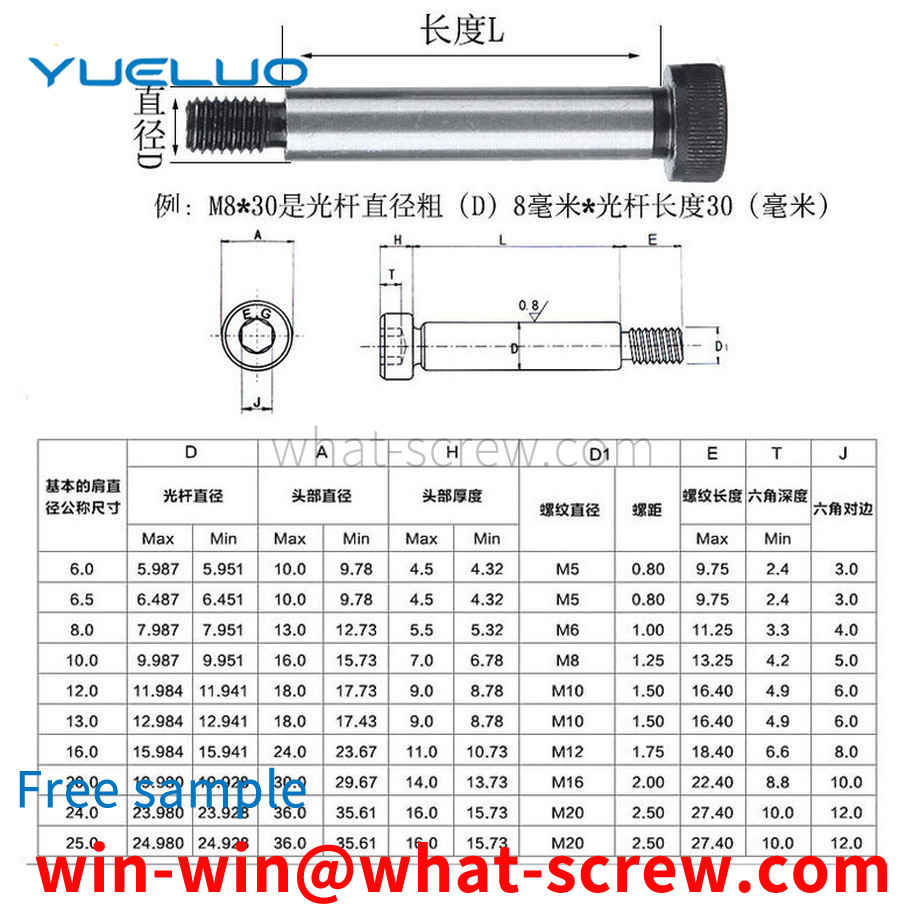
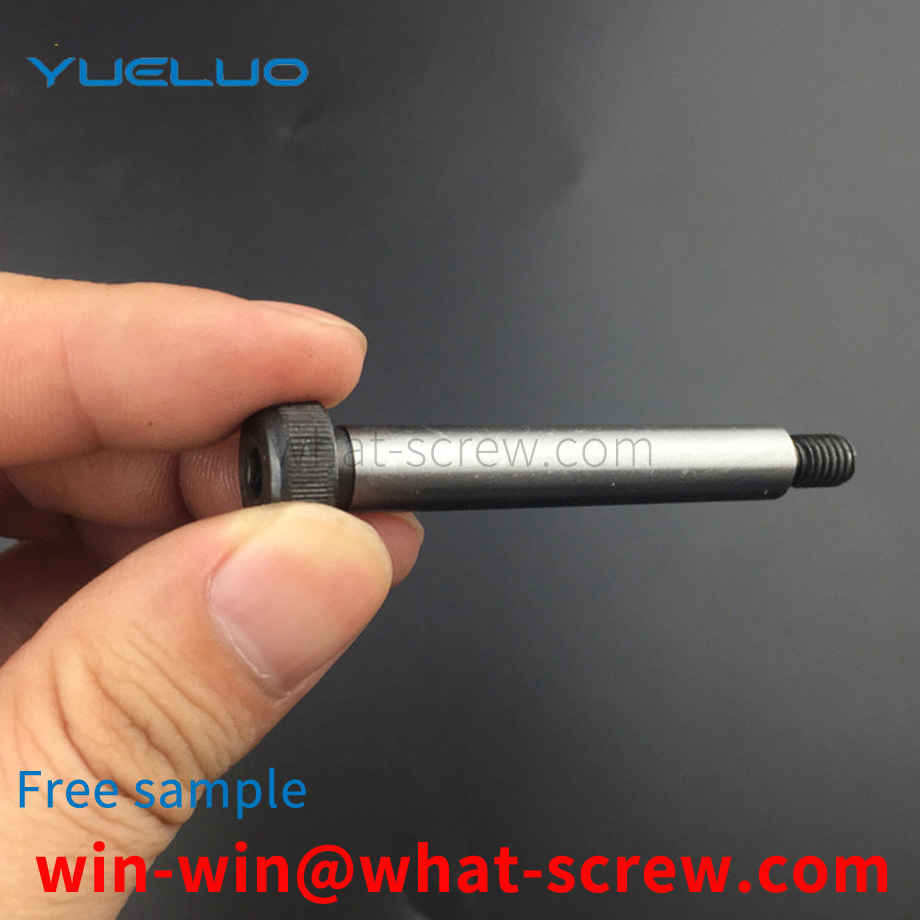
The self-tapping locking screw is a series of coarse thread and ordinary thread, and the thread size is M3~M12mm. The threaded rod of the self-tapping locking screw is a thread with an arc-shaped triangular section. The screw is surface hardened and can be screwed into a prefabricated hole of black or non-ferrous metal material (which can be made by drilling, punching or die casting), and extruded to form an internal thread. The threaded rod portion can be made into a cylindrical or triangular shape with a diameter equal to or less than the circumscribed circle. Self-tapping locking screws have low screw-in torque and high locking performance. The varieties of self-tapping locking screws in the product standard of Chinese commodity fasteners include GB/T6560 (cross-recessed pan head), GB/T6561 (cross-recessed countersunk head), GB/T6562 (cross-recessed half-sunk head), GB/T6563 ( Hexagon head), GB/T6564 (hexagonal flower-shaped cylindrical head) five series. Self-tapping locking screws are generally fastened with pneumatic or electric screwdrivers. Most of the automotive industry uses hexagonal head, cross recessed pan head and hexagonal socket head self-tapping locking screw with high fastening efficiency.
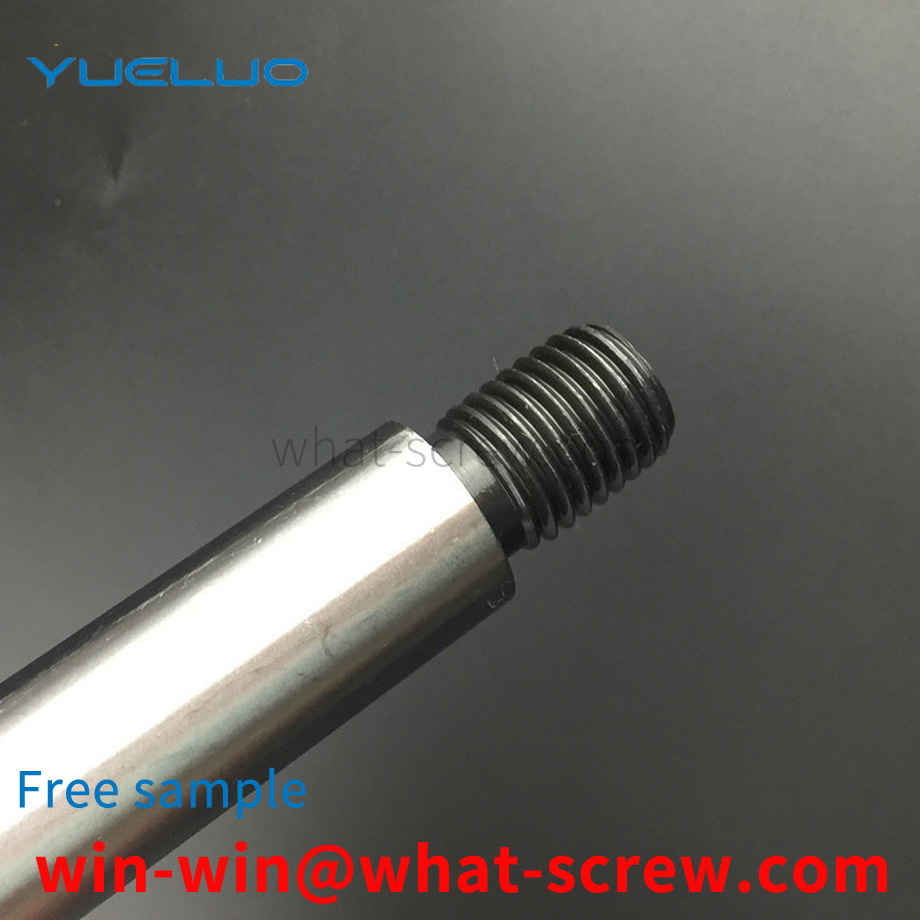
hand screw is a screw with a plastic head, and the user fixes the hand screw by turning the plastic head by hand. At present, a hand-tight screw is disclosed in the market publication number CN202203253U, which includes a plastic head and a screw rod, the plastic head and the screw rod are connected together, and the height of the plastic head is higher than that of ordinary screws, and the height is 3 cm. The screw of the hand screw is fixed in the plastic head by glue. After a period of use, the aging of the glue leads to the loosening of the screw and the plastic head. When the plastic head is stressed, the screw rod comes out of the plastic head, which affects the normal use of the hand screw.
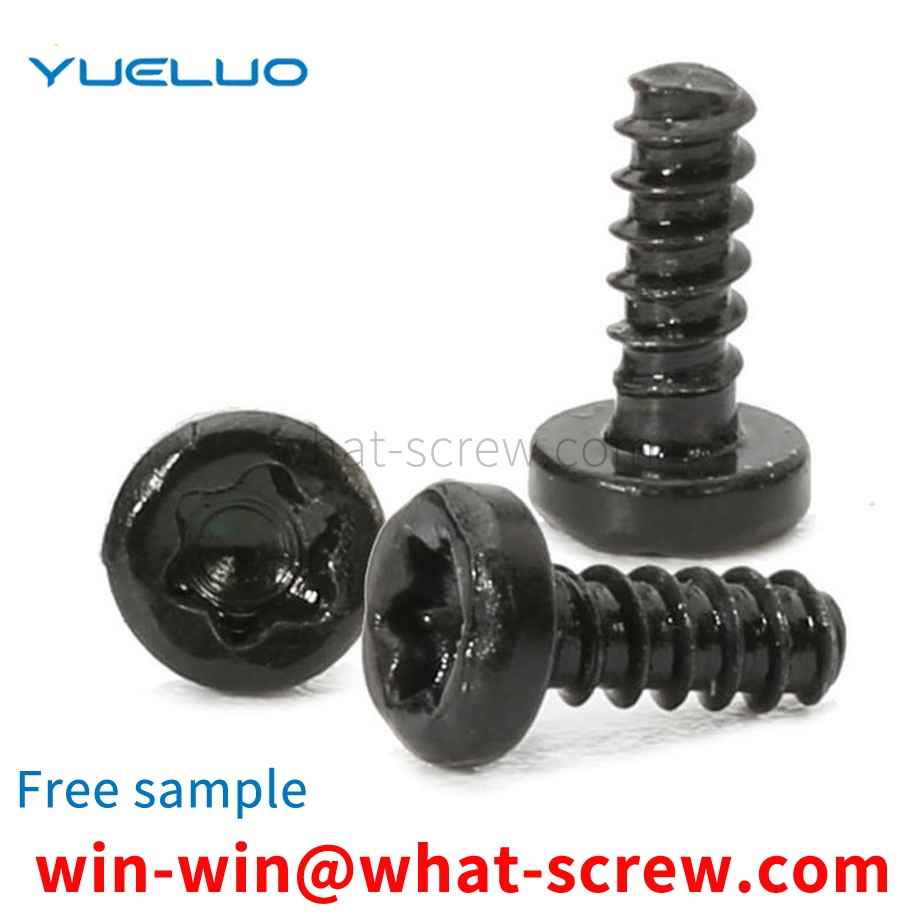
The above content is uploaded by Yueluo or the Internet. If there is any copyright issue, please contact [email protected].

What is the tolerance range of precision screws?

How to choose the right stainless steel screw manufacturer?

Why is there an R angle under the head of the hexagon head s...

We have more than ten years of production experience in the ...

We have more than ten years of experience in the production ...

We have more than ten years of experience in the production ...

We have more than ten years of experience in screw industry ...